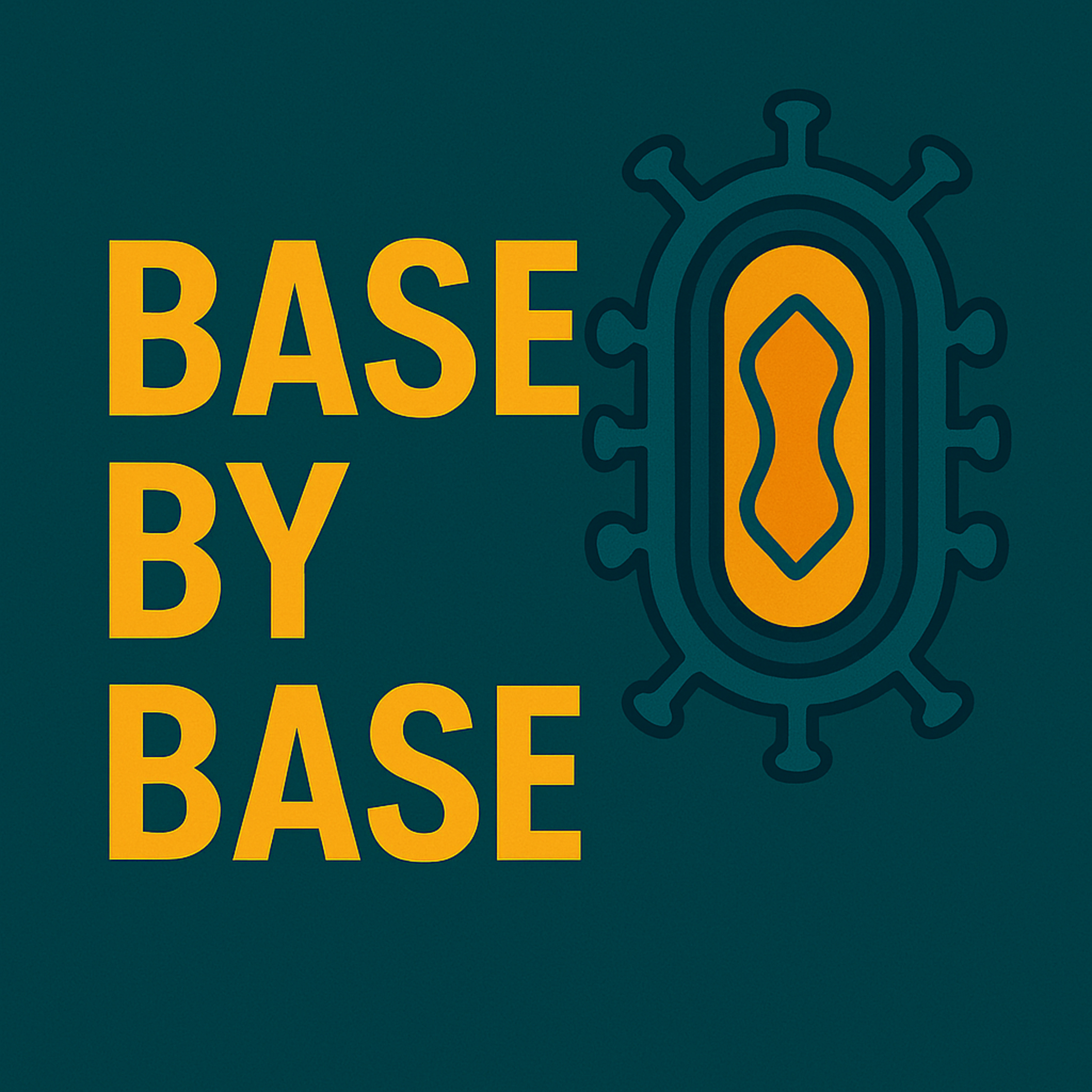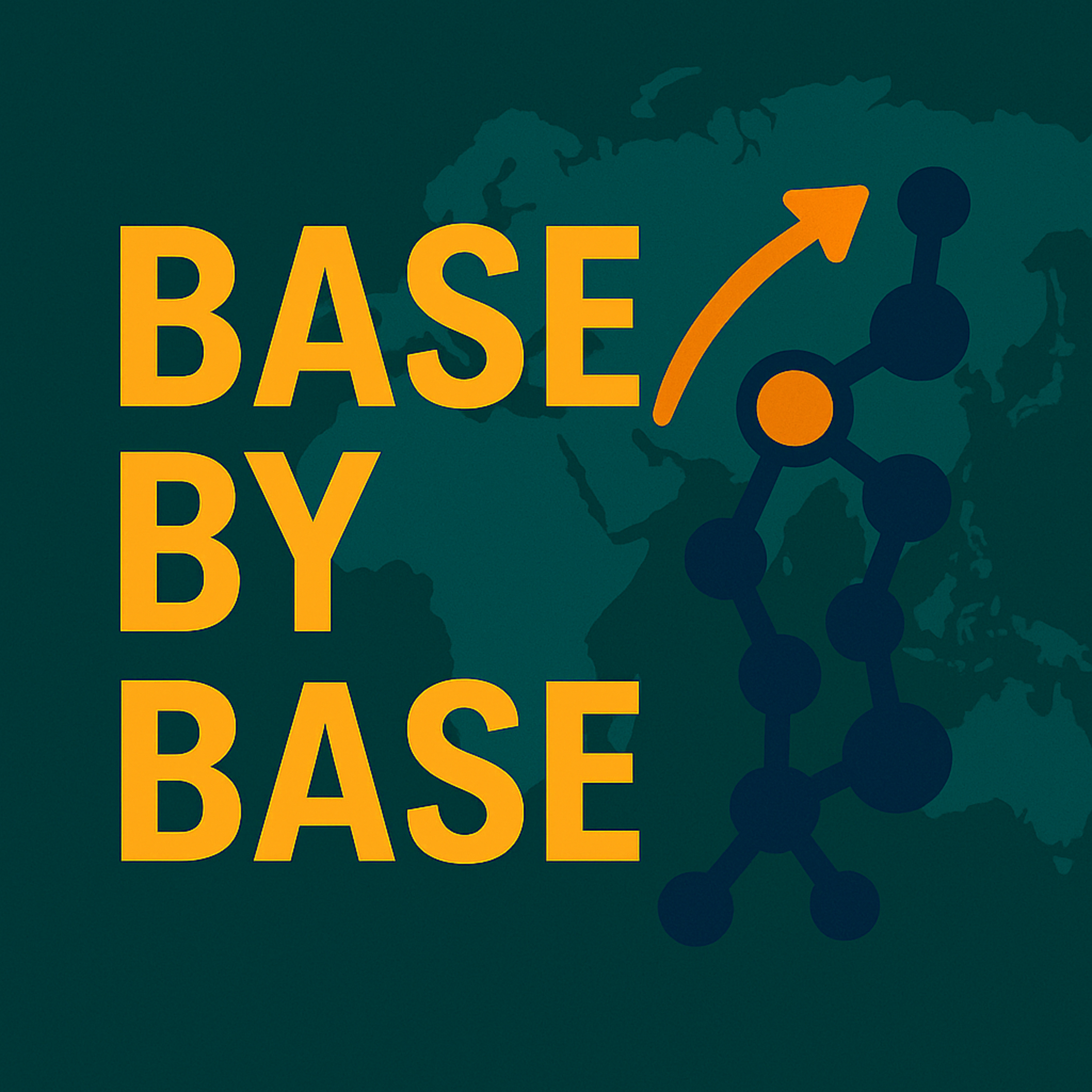Show Notes
️ Episode 9: Unraveling Complexity: A Bayesian Graphical Model for Joint Mendelian Randomization
In this episode of Base by Base, we explore a groundbreaking study published in The American Journal of Human Genetics that introduces MrDAG, a Bayesian causal graphical model designed to jointly analyze multiple exposures and outcomes in Mendelian randomization (MR) studies. This innovative approach overcomes the limitations of traditional MR methods, offering a deeper understanding of complex causal networks.
Led by Zuber and colleagues, the study presents MrDAG, a framework that integrates genetic instrumental variables, structure learning, and interventional calculus to model dependencies between exposures and outcomes, even in the presence of unobserved confounders. MrDAG enables the identification of intricate causal pathways critical for understanding multifactorial traits such as mental health conditions.
Key insights include:
Introduction of MrDAG: A novel Bayesian model that detects dependency structures and improves causal effect estimation in MR analyses using summary-level data.
Handling Complex Relationships: MrDAG simultaneously models multiple exposures and outcomes, capturing both direct and mediated effects with greater precision.
Superior Performance: In simulation studies, MrDAG outperformed existing methods (such as MR-BMA, MR2, and MRPC) in detecting true causal relationships and minimizing bias.
Application to Mental Health: Using real-world data, MrDAG highlighted education and smoking as key modifiable risk factors influencing mental health phenotypes and revealed novel paths, such as the connection between smoking and genetic liability to schizophrenia.
Robustness: MrDAG remains effective even with noisy genetic associations and misclassified exposure-outcome groupings.
This episode underscores how advanced causal modeling reshapes our understanding of complex biological relationships, offering powerful new tools for epidemiology, genetic research, and precision medicine.
Reference:Zuber, V., Cronje, T., Cai, N., Gill, D., & Bottolo, L. (2025). Bayesian causal graphical model for joint Mendelian randomization analysis of multiple exposures and outcomes. The American Journal of Human Genetics, 112(5), 1–26. https://doi.org/10.1016/j.ajhg.2025.03.005
License: This content is distributed under the Creative Commons Attribution 4.0 International License (CC BY 4.0). For more information, visit https://creativecommons.org/licenses/by/4.0/




